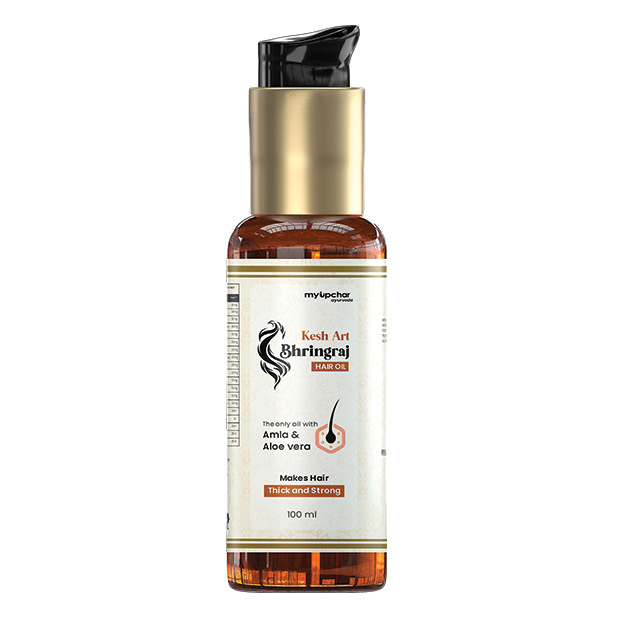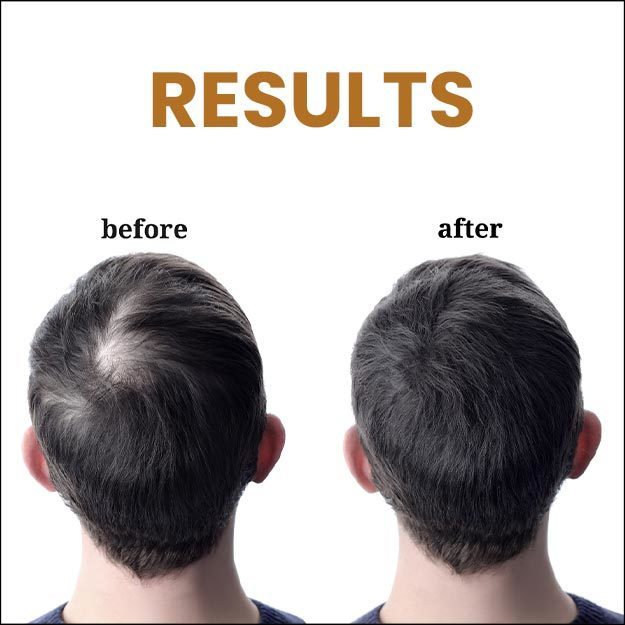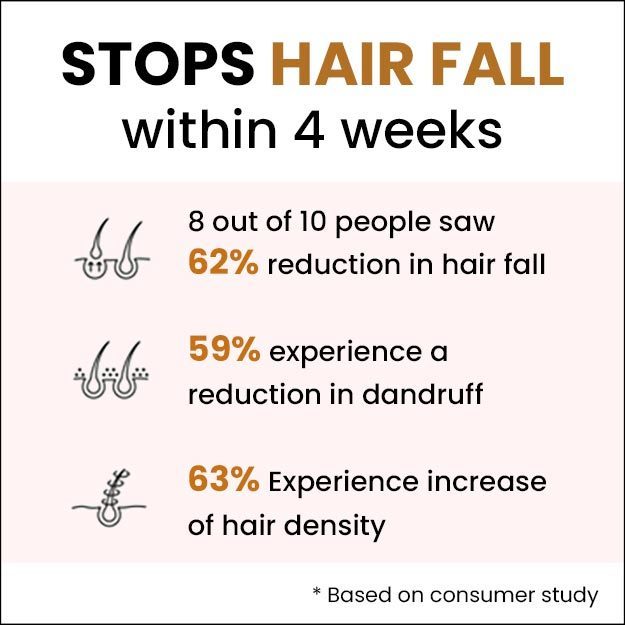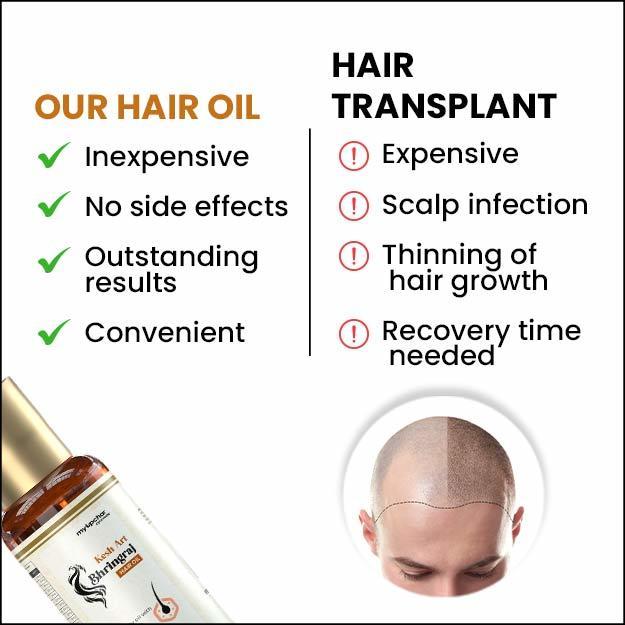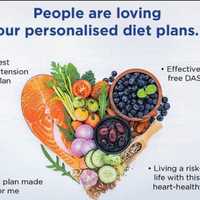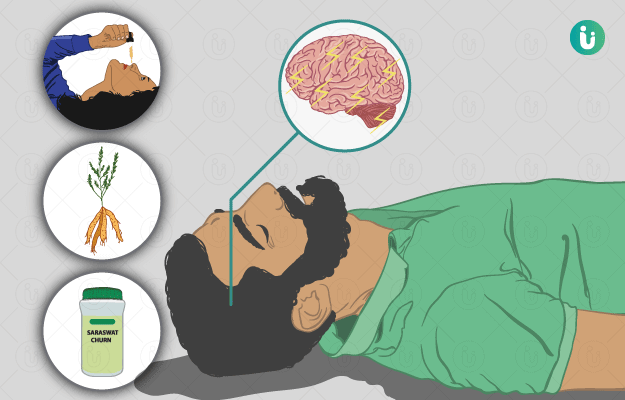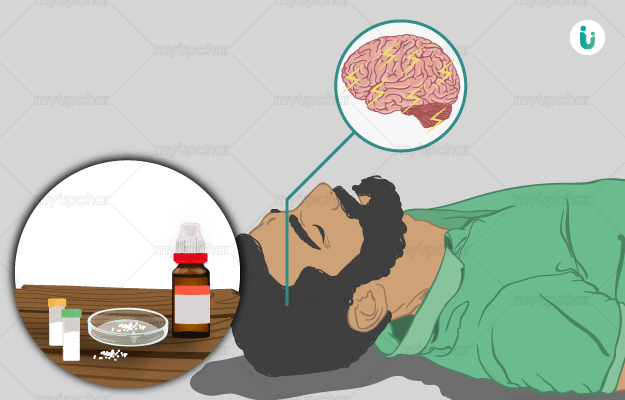Epilepsy is defined as having two or more unprovoked seizures as a result of excessive electrical discharges in a group of brain cells. Seizures can vary from the briefest lapses of attention or muscle jerks to prolonged convulsions and loss of consciousness and control of bowel or bladder function, which is frequently followed by extreme tiredness, stiffness, etc. These seizures have a range of severity depending on the individual. To control the seizures, the use of the ketogenic diet can be traced back to the texts of Hippocrates in the 5th century BC.
There are several research studies that show that the ketogenic diet is a special high-fat, low carbohydrate diet that helps control seizures in some people with epilepsy. In this article, you’ll read about the food you should have during the ketogenic diet and a weekly diet plan for you to try.














